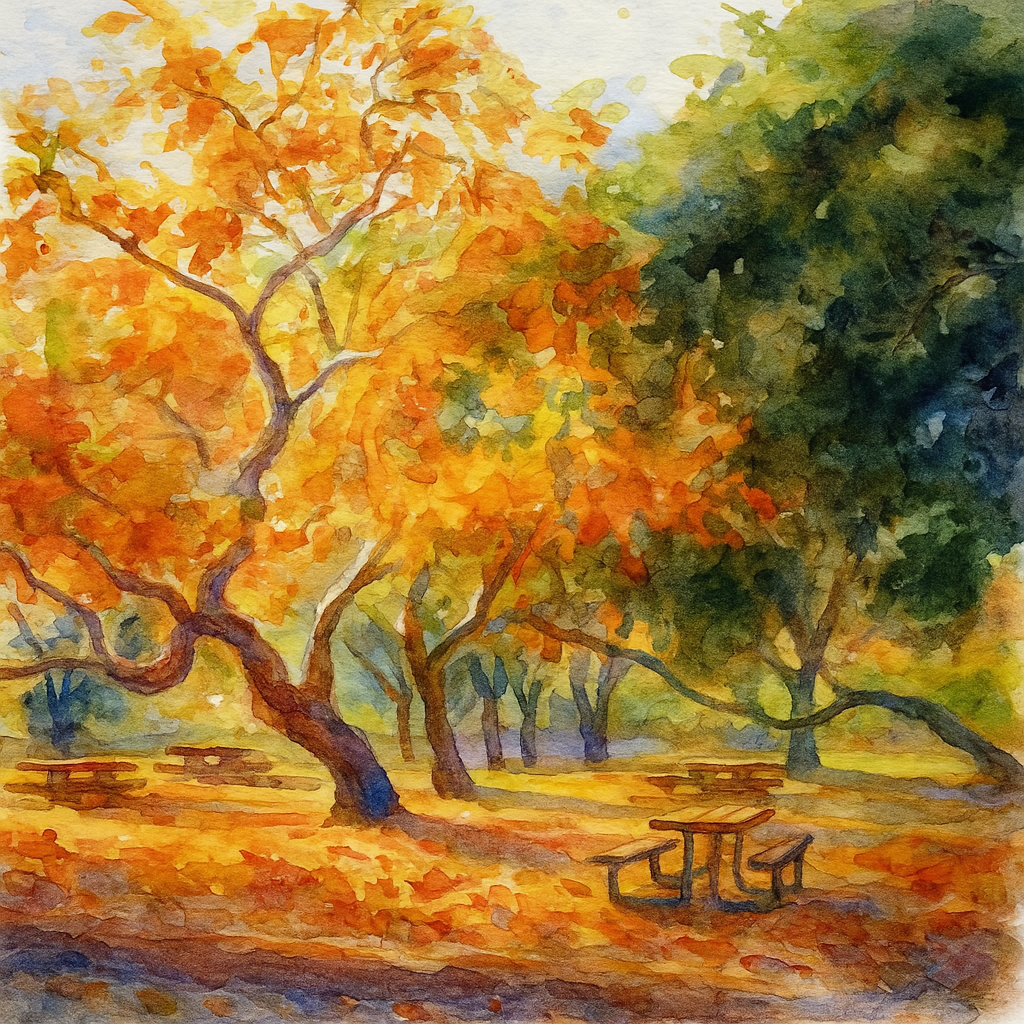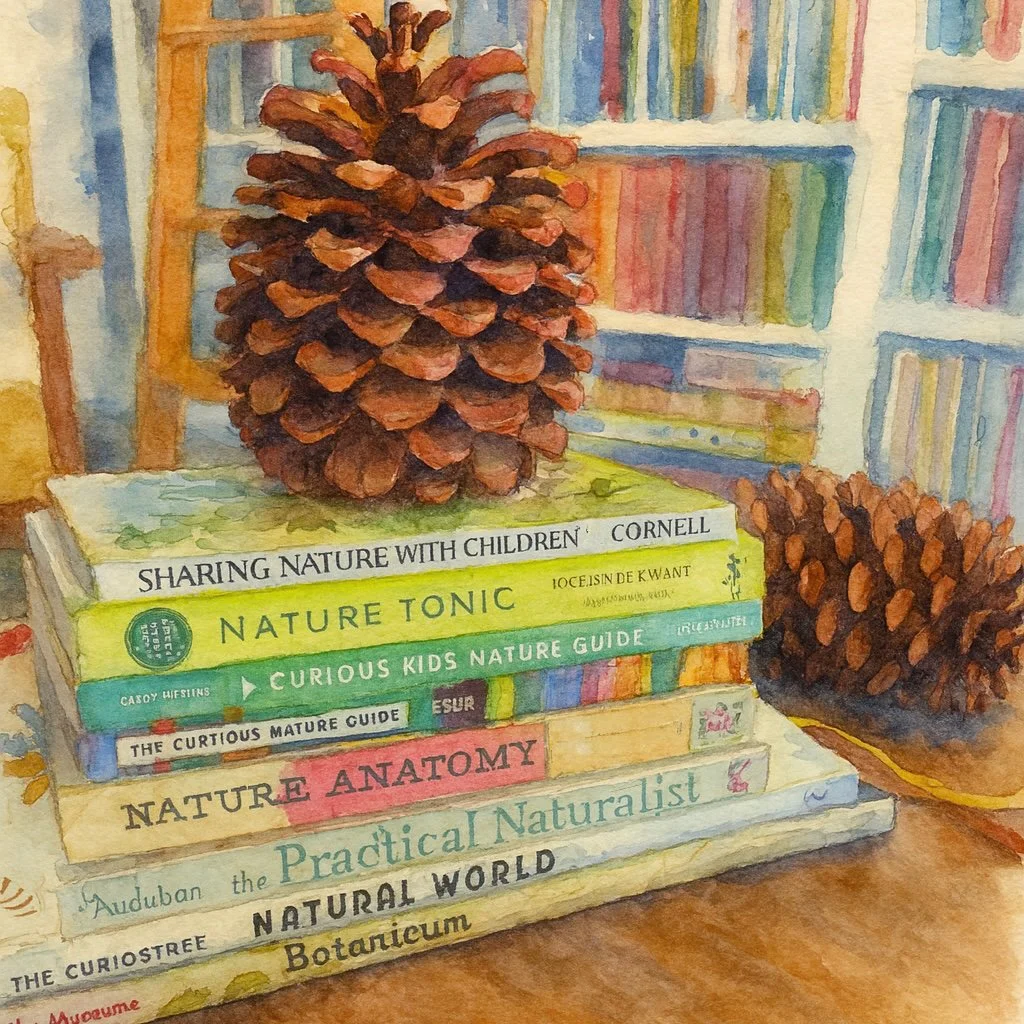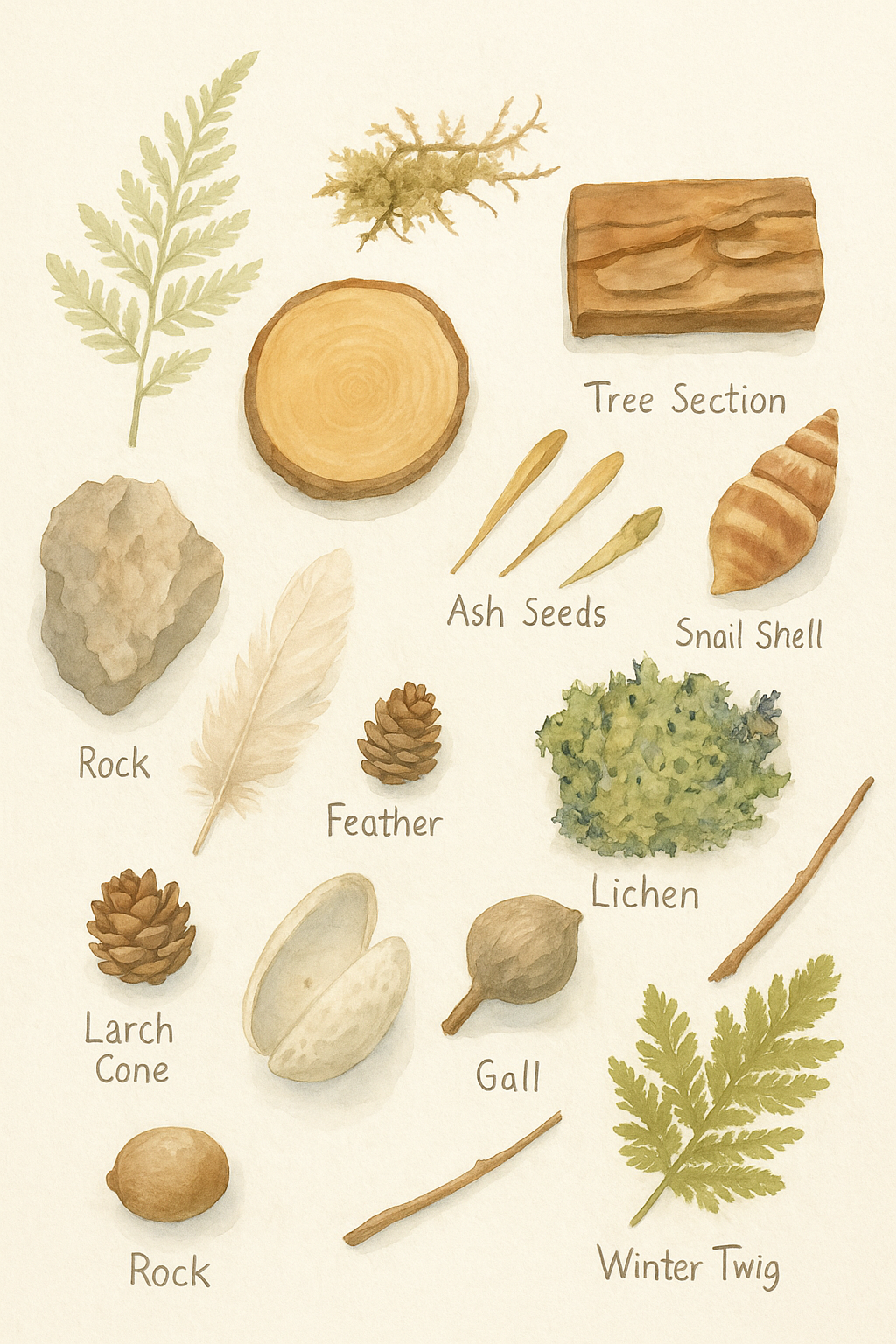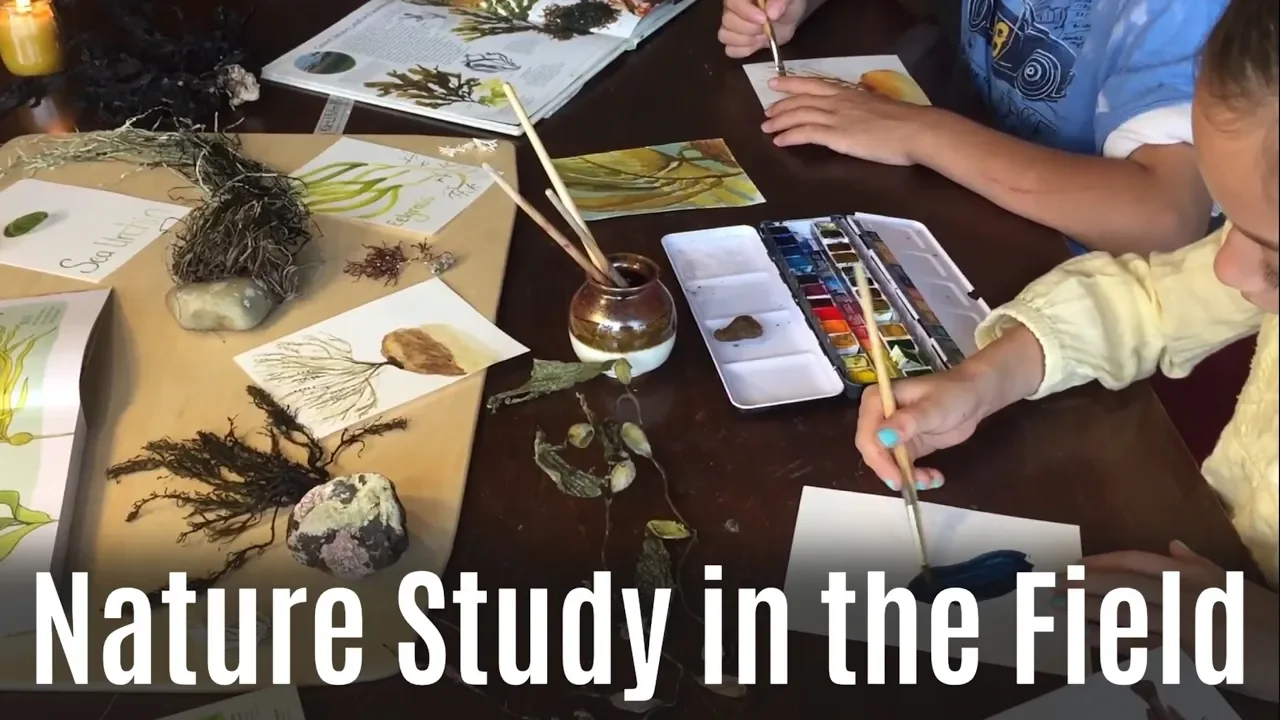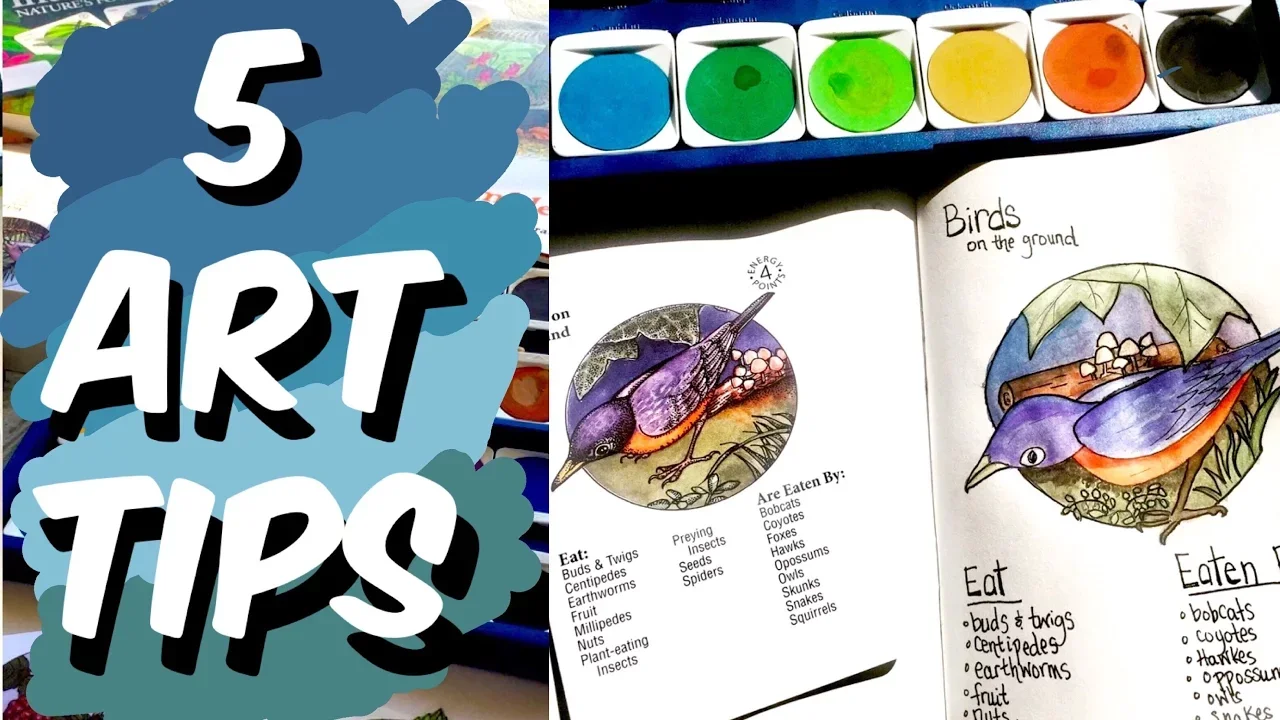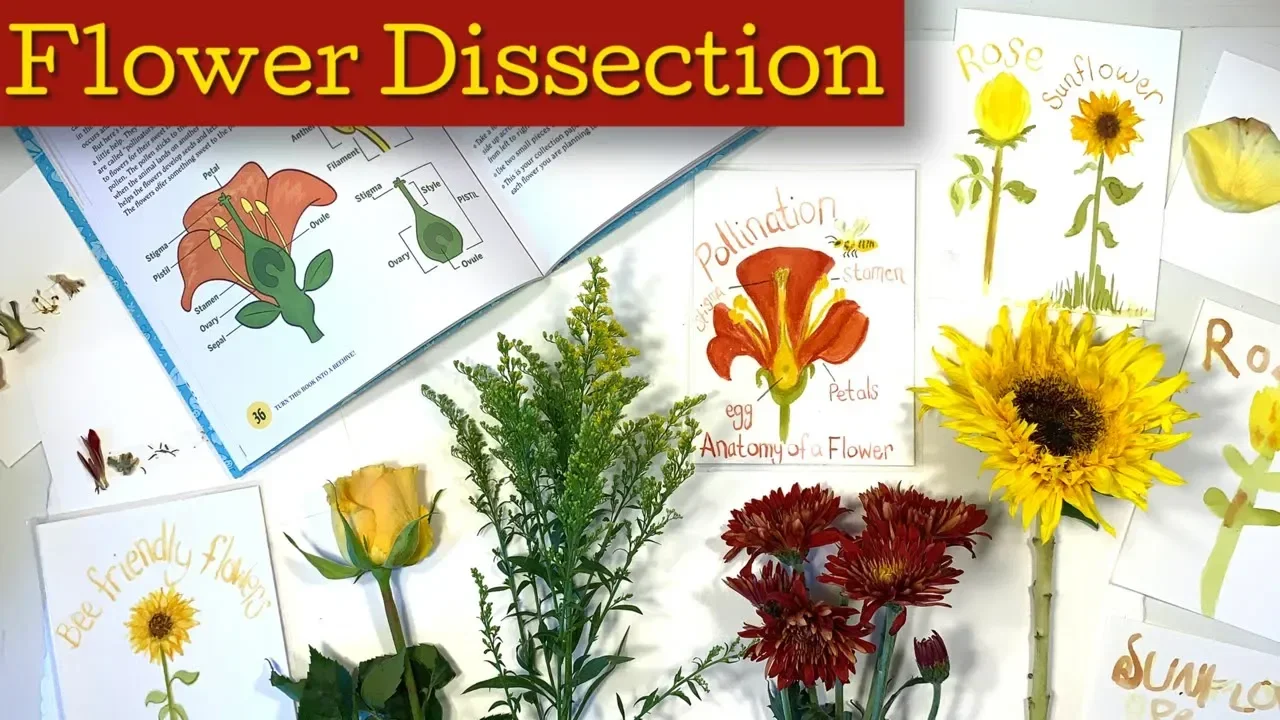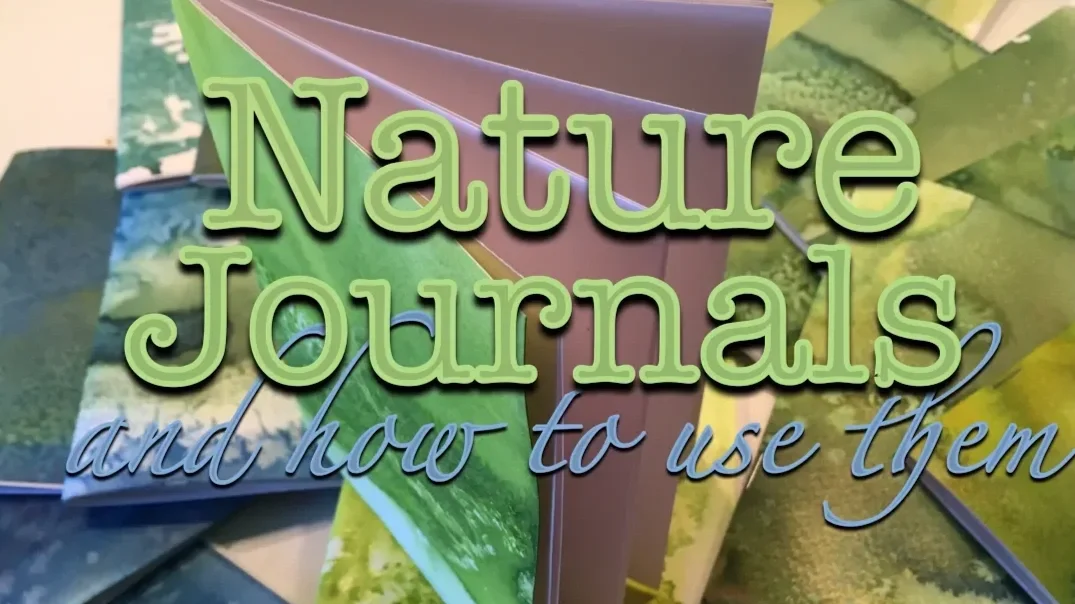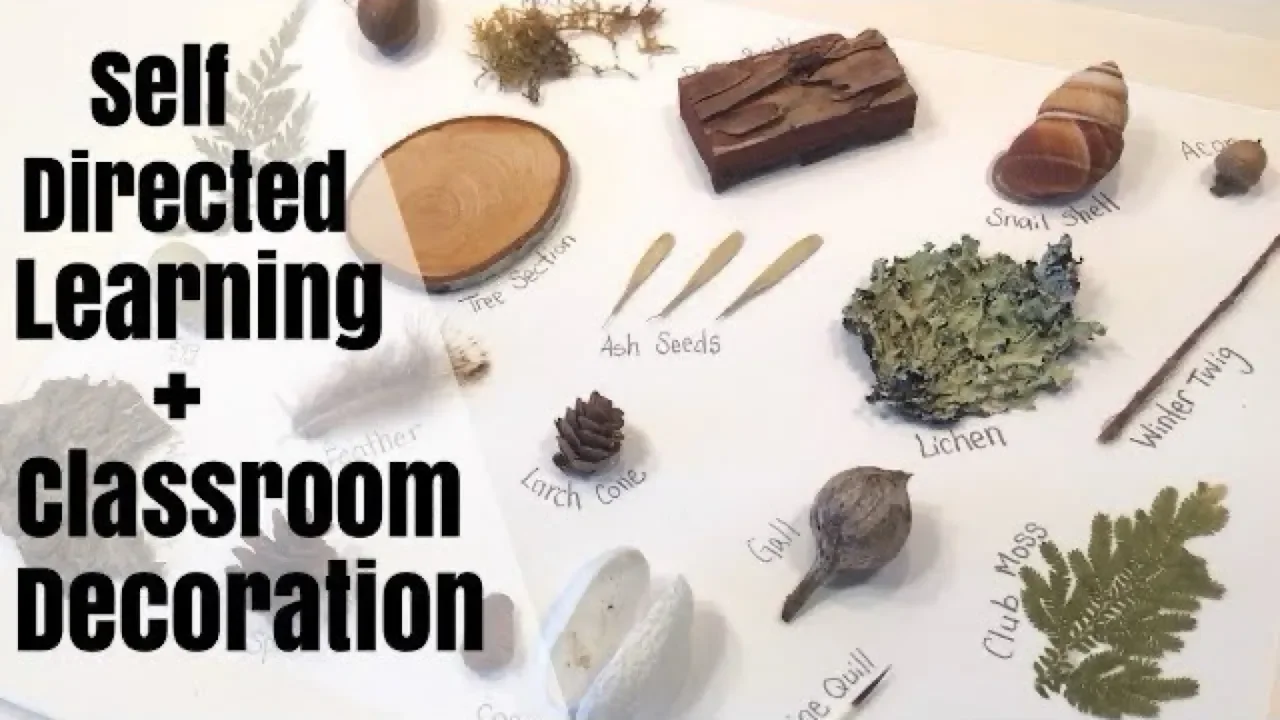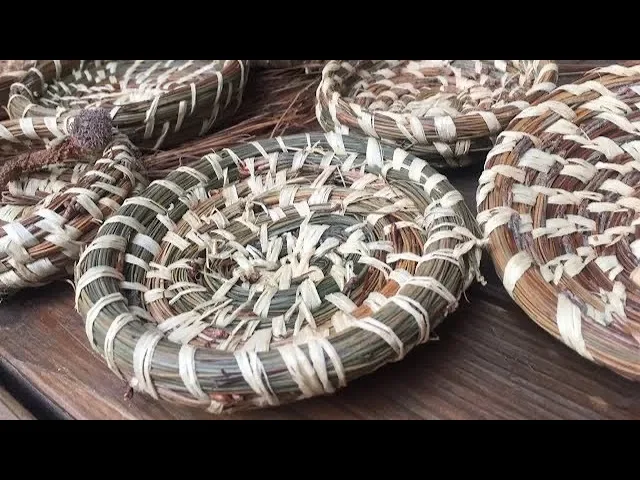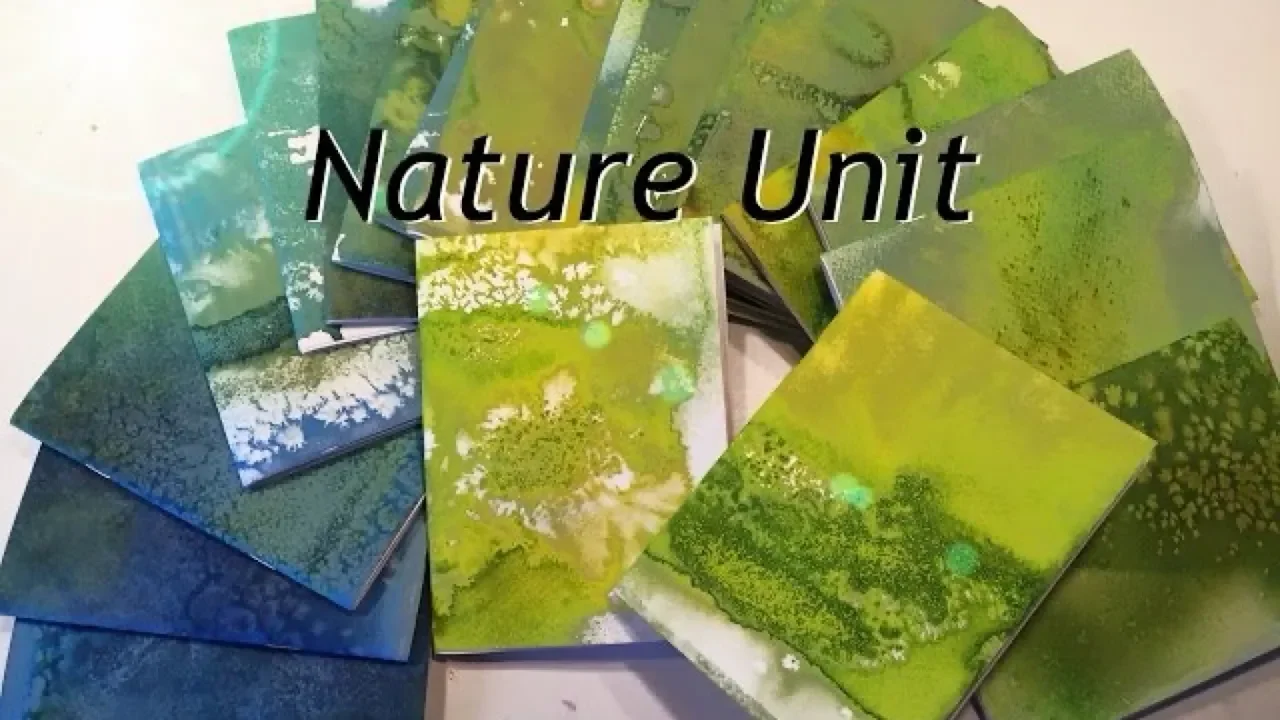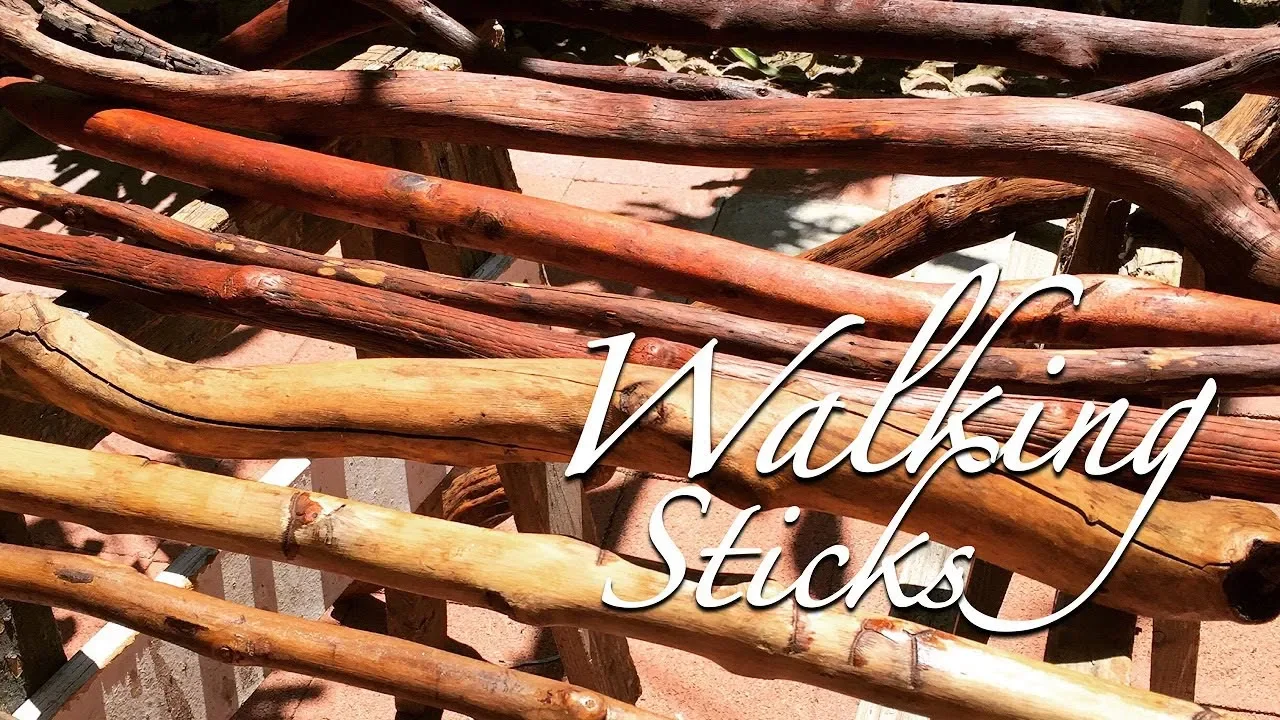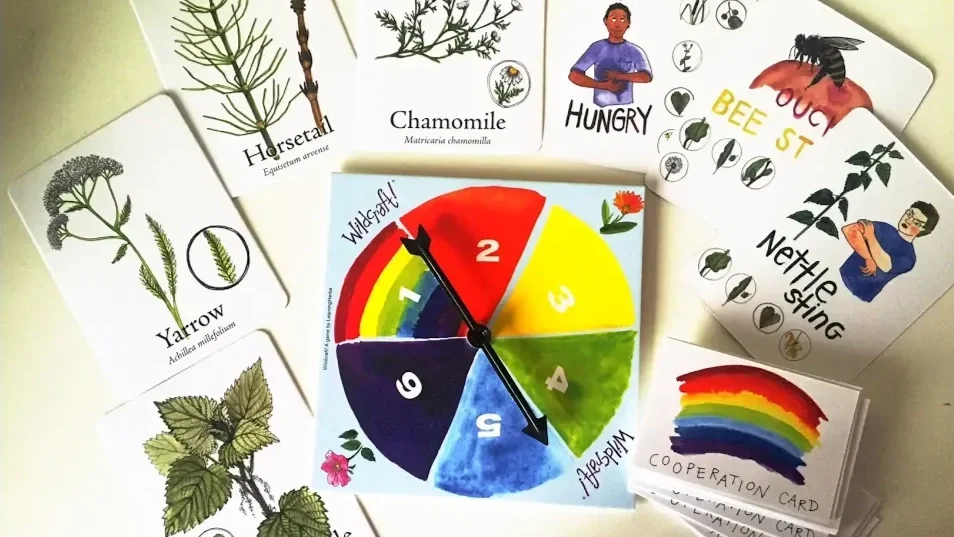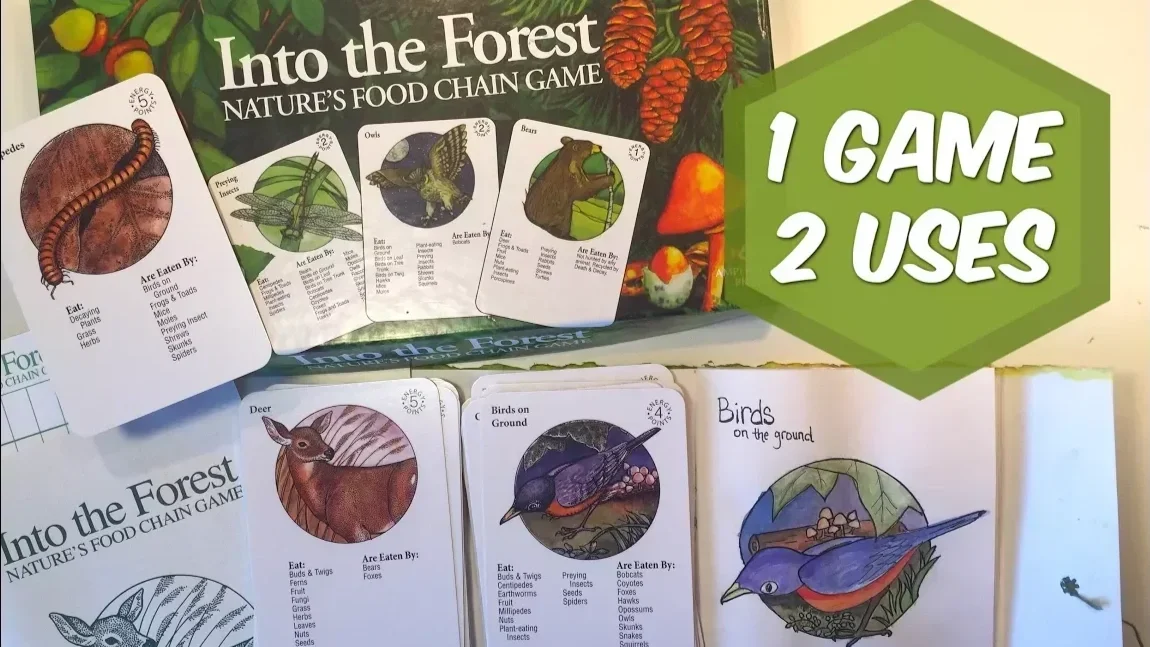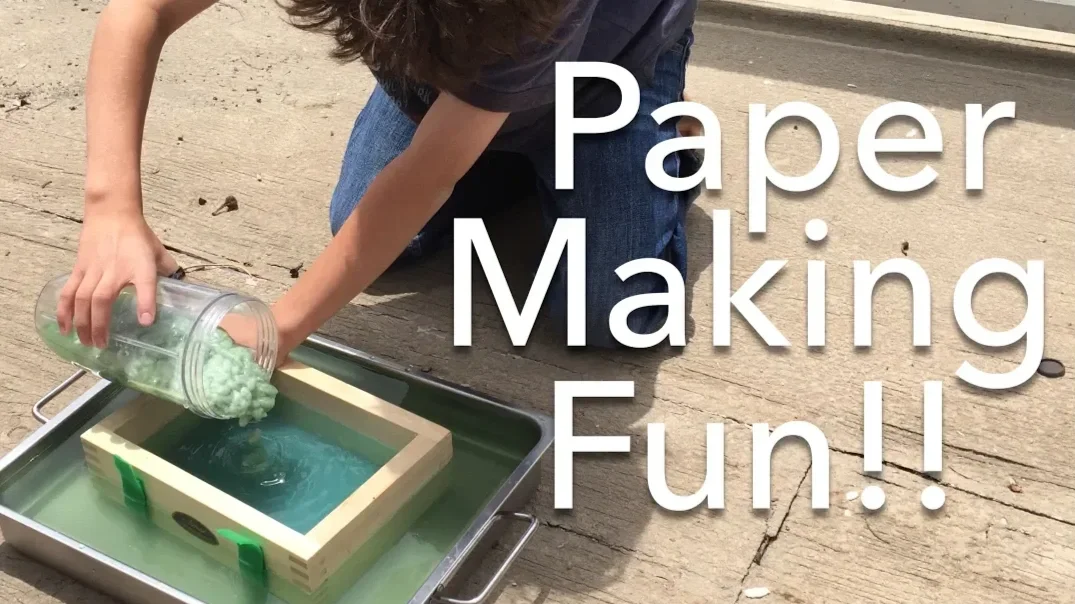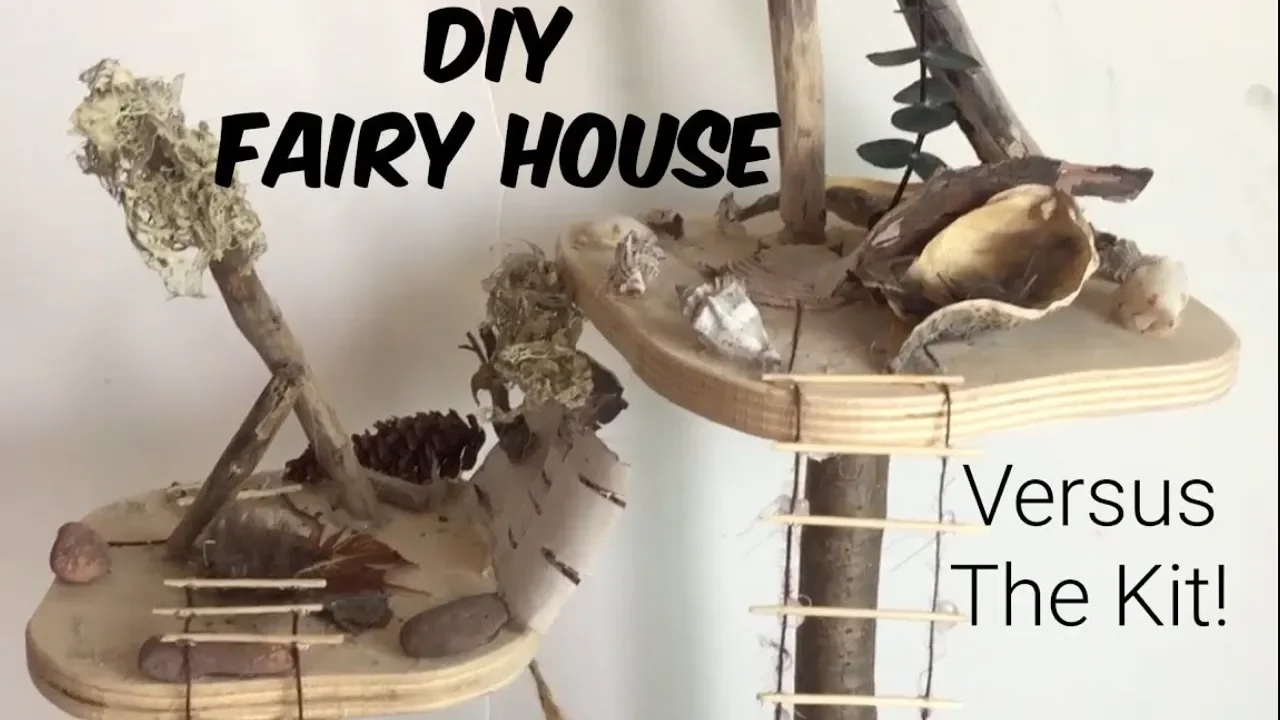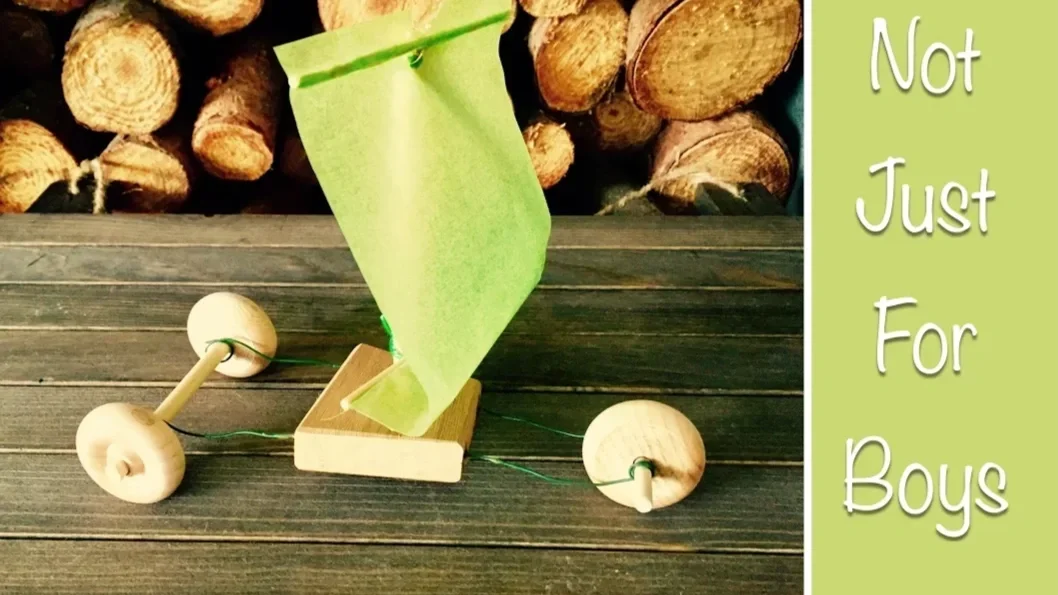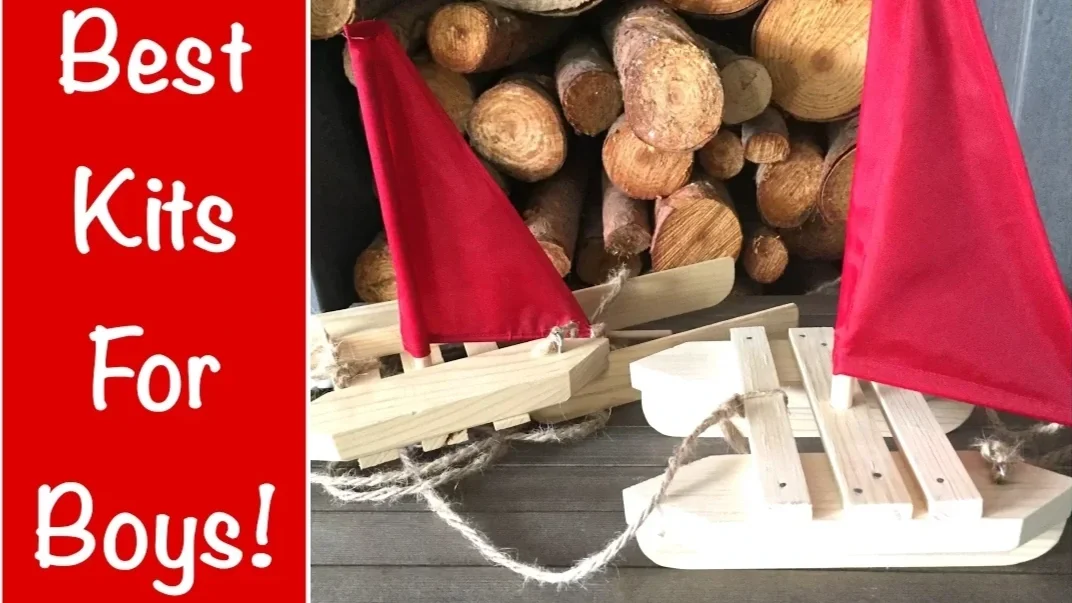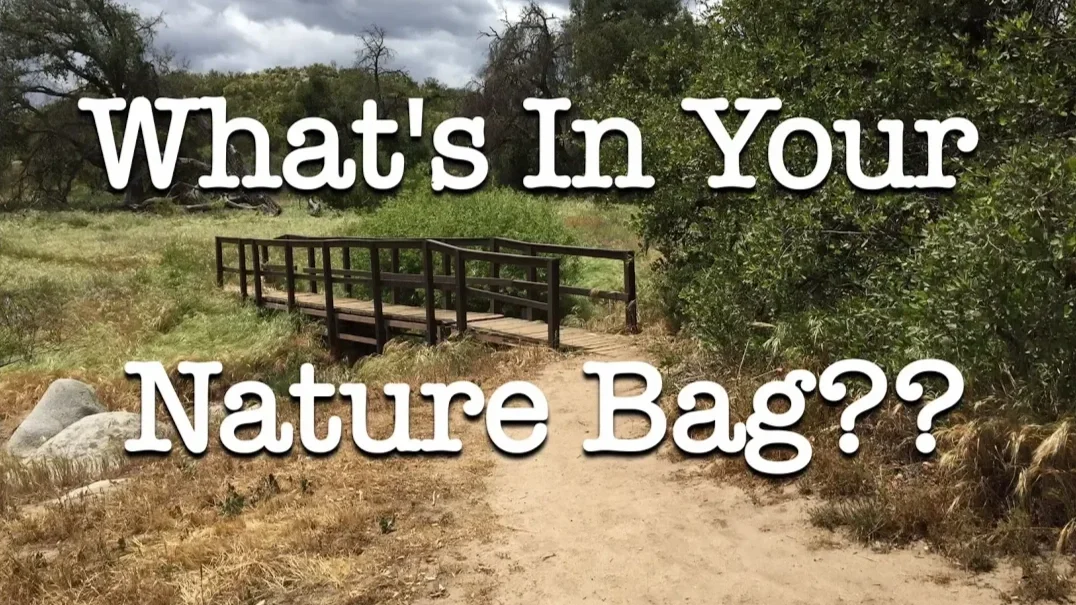
Charlotte Mason Nature Study
The Charlotte Mason
Approach to Nature Study
The Charlotte Mason, nature study approach is similar yet subtly different from the Waldorf approach to Nature science in the early grades. What I appreciate from the Charlotte Mason nature study approach is that it recommends several hours daily in Nature starting from young ages all the way up until around 10 years of age. The majority of the nature study learning is done through observation by the child. One of my favorite passages in the Charlotte Mason Six volume set is one in which a mother and child are in nature and the child is excited about a tree that he has seen. He runs to the mother to tell her about this tree and ask her to come with him. Before doing so or explaining what the tree is, the mother asked the child to describe the tree to her in detail. The child may need to run back to the tree and make those observations before coming back and relaying what he has seen. He describes the bark, the shape of the branches, the texture of the leaves. He does this until a picture emerges where the mother could easily identify the tree. Naming the tree is not as important as observing the character of the tree. In the Waldorf pedagogy, the naming deadens. Once you have named an object, you have sealed it, the curiosity suffers. But if you keep the wonder alive, you keep the curiosity vibrant. In the Charlotte Mason approach you do strive for naming and having correct understanding and terminology of the plants and animals you observe in nature. More so your striving for an understanding of the relationship between these plants and animals and the environment and most importantly between you and the Creator.
In the Waldorf pedagogy, God is not used or not used frequently in relation to creation. An acknowledgment of God and the spiritual world is deeply part of the Waldorf pedagogy, however. Yet, in the Charlotte Mason philosophy, the word God and the concept of God is clearly defined and is at the core of the philosophy.
In the Charlotte Mason approach to Nature study, Mason saw Nature as a way for children to develop a sense of wonder, reverence and connection to God‘s world. This is similar to the Waldorf approach in Seeking reverence in all not just through Nature, but through all education.
According to Mason, nature study is not primarily about memorizing scientific facts, instead, it’s about building a lifelong habit of noticing and caring about the natural world. I want to emphasize the noticing part. The noticing part is similar to the Waldorf pedagogy as well. When we notice, we learn. We cannot learn without observation. This is firsthand knowledge, not the knowledge that we receive through books or lectures or artwork. And yet in all of those things we do need to pay attention. Learning how to pay attention is a skill and a practice that is gained through nature study.
Nature study supports and develops habits of attention. Observing plants, animals and seasonal changes, trains, a child to truly see and notice details. When you are in Nature year round, in every season, you notice the swelling of plants in the spring as they grow and bud and blossom. And even for those who live near the equator who don’t experience seasons, the same way people at higher or lower latitudes experience seasons, there are still subtle differences than those who are experienced may notice in those areas. You notice the dryness of the Earth in the hot summer months, you notice the smell in the air when it rains, you feel the moisture on a humid summer day, you hear the sounds of spring that you didn’t hear the season before. You will not be able to see or hear these changes if you are only in Nature periodically. This habit is only developed through repetitive, lengthy and unguided sessions in nature.
The Charlotte Mason philosophy certainly has guided nature walks where instructors can help children pay attention to things they may not have noticed before, but primarily being in nature, unstructured nature, with unstructured lessons, promotes a relationship with nature that is unique and unblemished.
Certainly, structured lessons in nature has its benefits, but should be reserved for children seven years and older. And should make up the minimal time spent in nature, as the primary time should be unstructured and free for children to observe, learn and play.
There is a place for the formal lessons, but when practicing nature study try for daily or weekly outdoor time. It may seem unattainable to spend six hours outdoors daily, but the return on investment is priceless. Even when the weather seems inclement, it’s still advised to spend time outdoors. Of course you as a parent or teacher know best if the weather is suitable for a child. Cold weather is not a reason not to be outdoors, but a blizzard is.
The key to nature study is observation, not lectures. Teachers are not meant to give long explanations when doing nature study. In fact, children very rarely will listen or pay attention to a long lecture in nature. They are naturally curious and simply want to enjoy being outdoors and learning on their own, which they are capable of doing without the distraction of a lecture. In fact trying to do a lecture outdoors, may encourage the bad habit of “not paying attention”. So instead of lecturing outdoors, you may give simple instructions before nature study.
Encourage children to watch, notice and draw conclusions. You may answer questions if a child asks about something that they are observing, but in general, unless it is dangerous or poisonous or venomous, letting children experience nature on their own with limited explanation is better for them overall.
Facts are dead. But wonder is living.
Keeping a nature notebook or journal is quintessential for the Charlotte Mason nature study approach. I found that writing in our nature. journal was best done at home away from the beautiful distraction of nature. While in nature, I would rather spend that time observing and relating to the environment rather than drawing. However, a lot of people choose to draw or journal while in nature. Especially drawing as you may not be able to recall those details once you are home. So drawing in nature, maybe more advisable since those items may not be able to be brought back to the classroom.
Seasonal rhythms are naturally observed when in nature for long periods of time over several months. Little instruction is necessary as children will pick up on those changes naturally.
The teacher’s role is to guide, not to lecture. Your role as a parent or a teacher is to remain in a state of awe, wonder, curiosity and reverence. When you find something that brings you joy or curiosity, relate that to the children. They will see your excitement and your reverence, and they will know even more how to relate to their environment through your example.
When noticing plants or animals that bring you joy or awe, you may name the plant or animal; however, if you were looking to have more of a Waldorf approach, you may use a descriptor rather than a name. This allows for a longer unfolding of curiosity.
However, according to the Charlotte Mason philosophy, it is important to name things correctly. Do not become lazy and call every bird, a bird, if it is a crow or a bluejay use the appropriate name.
When young children ask questions about nature, the Charlotte Mason approach would offer that you answer those questions appropriately and accurately. According to the Waldorf pedagogy, the answers are not scientific before the age of approximately 11 years old. Up until that point the answers are more a reflection of love rather than science. For example, if a child, who is say the age of five years old, looks up at the full moon and asks why are there light spots and dark spots on the moon? The answer is not to go into a scientific explanation on craters, but rather to say that “God created it that way, isn’t it beautiful? “
Using the Charlotte Mason approach to nature study, much in the way of memorization will happen naturally over the course of time. But in order for that to happen, the teacher or the parent needs to be well-versed in the proper names as well. Bringing a nature guide will help the teacher in her education so that she may be ready with the appropriate answers.
Sometimes an inquiry or wonder from a teacher is a well placed question for a student when they come to you with a question. “ Why are the leaves turning brown?” a child may ask. “I wonder why the leaves are turning brown?” A teacher may ask back to the student. The teacher needs to know why the leaves turned brown, but sometimes leaving the question open allows greater observation from the student. What children do not need at this age is a teacher who does not know why the leaves turn brown and says, “I don’t know why the leaves turn brown, let’s learn together.” You are not their companion in learning, you are their teacher. So, what happens if you do not know an answer to a question your child asks, you learn it! Homeschooling and teaching are wonderful ways for you, the teacher, to learn as well.
Once back in the classroom, reading living books on Nature: stories, biographies, narrative, science books, deepen the experience. However, most scientific study for children under the age of about 10 years old, comes through experience with only a supplement of living books rather than from books and textbooks. There will come a time and place for the textbook and more Living books, but it is not when the children are young.
Ultimately, the goal of nature study is to have children develop a love for the Creator. In all of my years of parenting and homeschooling, the one thing that had the greatest return on investment, not just from an educational perspective, but from a spiritual perspective, was time spent in an unstructured nature environment. This would be time spent for open observation, and open play in an un-landscaped area of Nature that did not have any play structures on it. Think of the beach for instance.
When in nature it is an opportunity to show reverence to the creator. It is a good opportunity to bring passages from your holy book. For us as a family this is an opportunity for us to quote ayat from the Quran. This increases the opportunity for the teacher herself to become well-versed in passages from a holy book or other spiritual Scriptures so that she has them ready for that opportunity when it arises.
It’s not always possible to spend six hours daily outdoors. But even spending a couple hours outdoors even in your front yard or backyard or on the small patch of grass that’s on the sidewalk will have greater impact than not doing it at all. If all you have is a small square of grass next to the sidewalk, then you have a wonderful opportunity to be especially observant. What can you see on this one square foot of grass? What do you see as your hands spread the shoots of leaves apart? How far down do you go before you hit dirt? What critters do you see along the way? How do the blades of grass feel upon your fingertips? Do not underestimate how educational and profound this experience may be no matter how small.
And once your time has come to an end in nature, bring that experience home. Write your notes and illustrations in your nature journal. Read poems or passages. Read from your Living books. And let the experience of being in nature continue to live on in you throughout your day.
Nature Study
-
Resources
One of my favorite things to do is collect resources to put together a unit study or a main lesson block. There’s so much potential and excitement at the beginning of a unit that that excitement tends to permeate our lessons. For our Nature studies, since we do them almost a yearly when the children are young, I have collected a number of resources to put together different spring inspired units. I hope you enjoy!
-

Lessons
When the children are young, and we are putting together, our nature inspired lessons, a lot of times these lessons do not follow the same format as our structured main lesson blocks. For that reason the lessons that follow have a more freeform feel to them. Sometimes we’re doing art sometimes we’re doing an activity sometimes we’re doing written work. I hope these lessons Inspire a broader look at what learning entails and what you can expect from your children as an expression of learning.
-
Projects & Activities
Our nature units produce the most projects and activities. When the children are young, I find that some of the best ways to learn and retain information is by doing hands-on projects and activities. For that reason, you’ll see a disproportionately large number of projects and activities compared to lessons for our nature units compared to our formal main lesson blocks. Sometimes these projects are more demonstrative or passive and other times they are experiential and active.
Nature Study | Resources
-

Charlotte Mason Living Books
Everytime I think I'm done buying books, I find more I think I like. In some cases, I see other homeschoolers using these gems in their homeschool and decide we want to add them to our library. Other times, Amazon recommends books based on our purchases and what other customers bought.
-
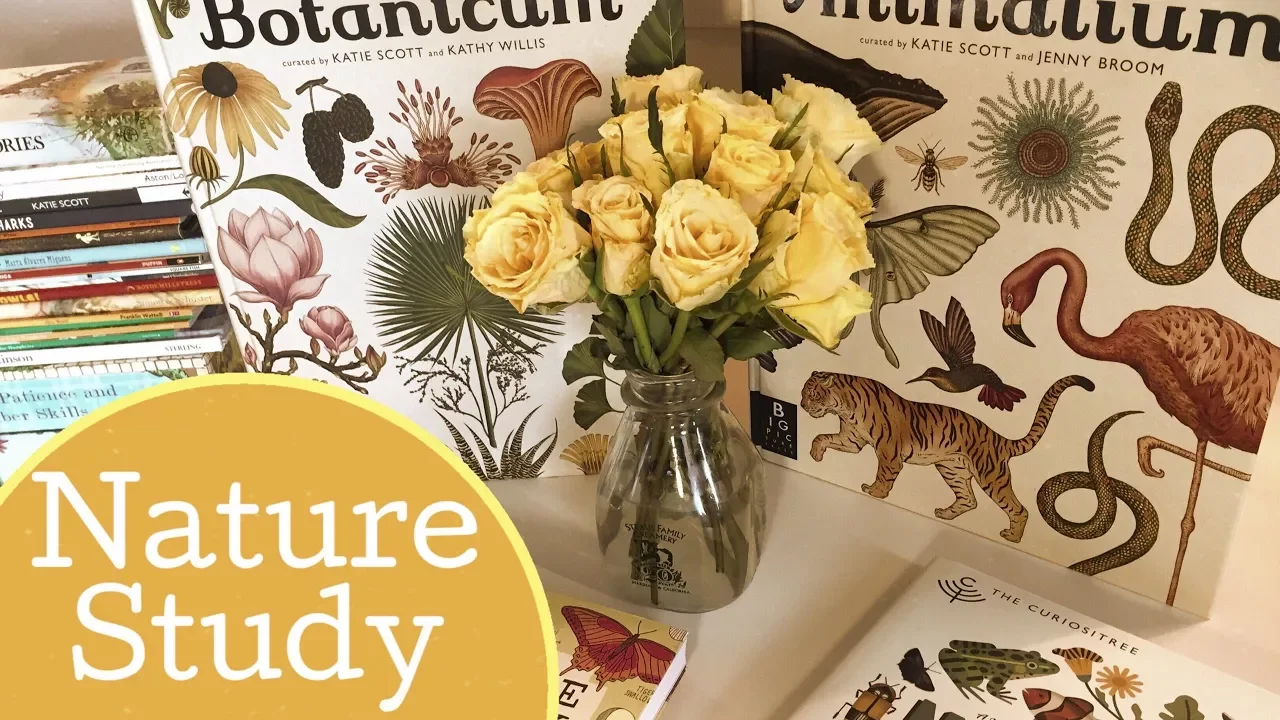
Nature Study | Botany & Zoology
Each Spring when we do our nature unit studies, we collect an assortment of nature science books in botany and zoology, coordinate projects and hands-on activities, and round it out with some picture books and games. Each year it’s similar but different as we add new books and projects.
-

Life Cycle of a Frog | Chalk Drawing
I created a new chalk drawing for our main lesson board, and this time I focused on the lower right side where I illustrated the life cycle of a frog. For this project, I used my Sargent Art chalk pastels, which I love because they produce vibrant, rich colors. Over the years, we’ve worn our pastels down so much that some are just tiny nubs, so I recently added a few new ones to my collection.
Nature Study Lessons
Nature Study | Projects & Activities
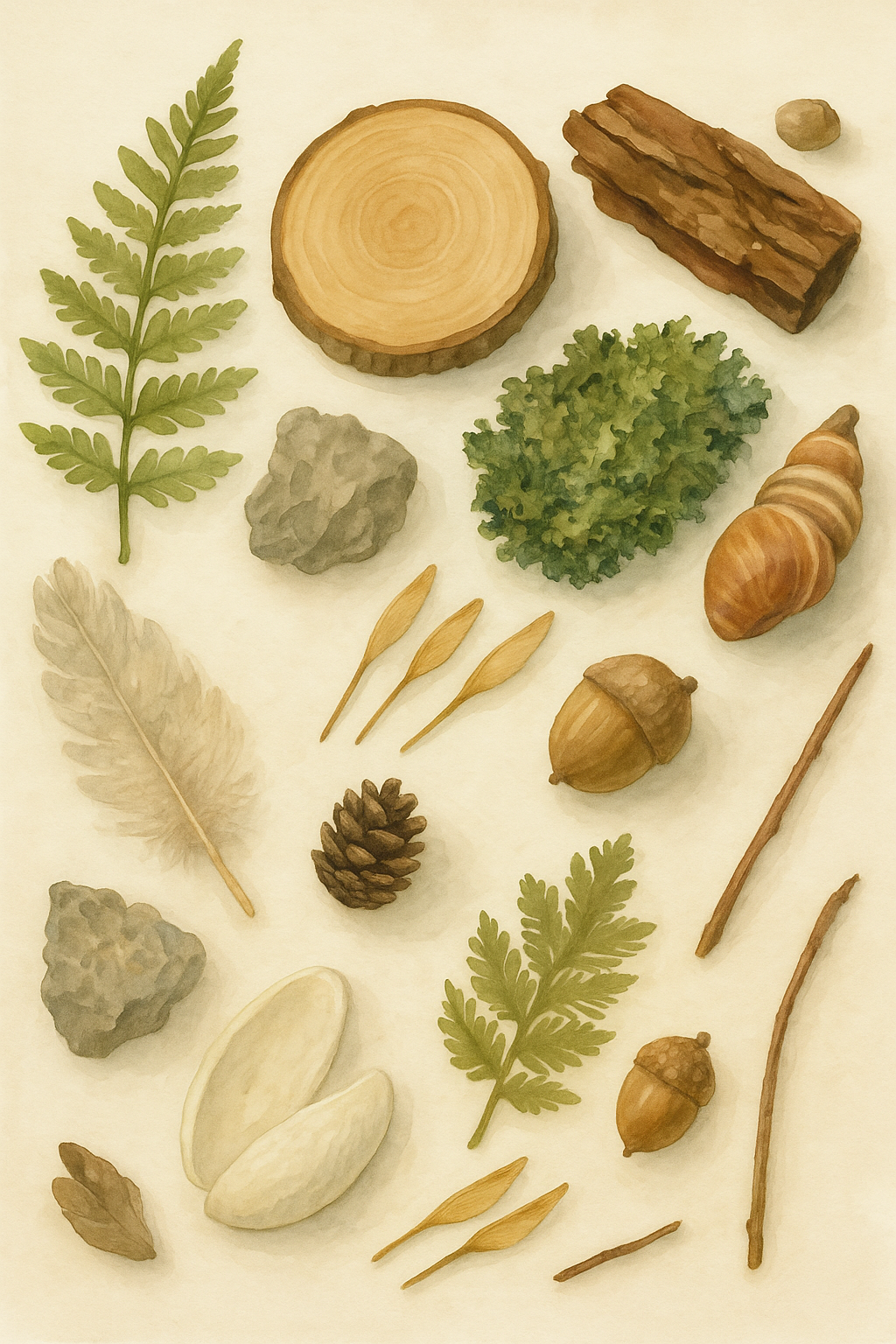
Resources
Charlotte Mason Living Books
Everytime I think I'm done buying books, I find more I think I like. In some cases, I see other homeschoolers using these gems in their homeschool and decide we want to add them to our library. Other times, Amazon recommends books based on our purchases and what other customers bought. Enter the world of algorithms. So far, the books (and let's face it products) Amazon has recommended have been really good offers! On occasion, I'm disappointed, but not because the book isn't fabulous, it's because the books is not what I expected or it's too young for our needs. Now that my youngest is 9 years old, I'm beyond adding the super basic picture books to the mix. I think they are wonderful additions if you have preschool aged children and you are homeschooling older children, as everyone can enjoy the simplified picture book. But when the book doesn't contain enough content, then it's just a pretty picture book and those have their place, but they are no longer needed in our homeschool. That's what happened in this haul. I ended up with a few books that were too juvenile for our needs. In general, I find picture books to be undervalued and overlooked as educational resources. I usually find them to be beautifully written and illustrated, informative and simple. To be clear, I find them simply written but not dumbed down. Often I find them to be informative to students and teachers. And more often than not, picture books take big topics in history and science (and more) and speak about them in a way that's understandable to parents and children. I love adding picture books as main resources in our homeschool main lesson blocks and unit studies because we all learn so much, it brings up together and we enjoy the illustrations.
Nature Study | Botany & Zoology
This spring unit is similar to ones we did in the past. We collect an assortment of nature science books in botany and zoology, coordinate projects and hands-on activities, and round it out with some picture books and games. Sounds easy, but it's not always so simple. This time around, I have several new books and a couple new kits I'm looking forward to trying. And as always, I don't know how to squeeze it all in. It's like being in a buffet. You have to make choices, and well, sometimes, I just want to have it all. Because this unit will overlap our history units (which should have been finishing up by now), we'll have to take the first several weeks kind of easy on this unit. In a separate video, I'll share my lesson planning process. I want material and projects for my 7 year old as well as my 11 year old. Sometimes it's hard to find projects and books that fit that age gap.
This time around, I want to focus our lessons on the new books we got this year.
We also have some projects lined up that we did previously, so I won't have new videos on the Pine Tree kit and Root Observation kit from Nature-Watch, but we will have on on the Herb Greenhouse kit. You can see all of the kits we've done from Nature-Watch here.
Since we've completed our Botany Main Lesson block last year, we won't have duplicate videos of activities we did with that block, but you can see those lessons and activities from the previous year, and of course we'll have new activities this year.
Since we have a couple pages left in our Math in the Garden garden journal, we'll schedule two more projects. Plus we like that book. It's packed with garden activities that incorporate math. It's genius!
We've been doing nature units for several years and you can see the one we did when this channel was still brand new.
Last year we also did a mini unit on Honey + Bees.
I shared the game Wildcraft. I give a detailed review of the game. Now that it's been two years since we've had it, I have more thoughts on the game. I realize I'm not a fan of cooperative games, but I find they are ideal for young children under 9 years.
Life Cycle of a Frog | Chalk Drawing
Found this gem from 2019
I created a new chalk drawing for our main lesson board, and this time I focused on the lower right side where I illustrated the life cycle of a frog. For this project, I used my Sargent Art chalk pastels, which I love because they produce vibrant, rich colors. Over the years, we’ve worn our pastels down so much that some are just tiny nubs, so I recently added a few new ones to my collection. I also used a Safari Ltd. frog life cycle model kit to guide my drawing and help me capture the stages more accurately.
Our chalkboard is 4 feet by 6 feet, originally made of slate. After years of use, it lost its texture, and the chalk no longer clung properly. To revive it, I painted over it with chalkboard paint, and that restored the beautiful friction and brightness I love. Chalk pastels adhere really well to this surface, though they’re harder to erase, so I usually wipe the whole board down with water before starting a new drawing.
Instead of creating a circular life cycle chart, I decided to draw the frog’s life stages as they would naturally appear in a pond scene. Part of that decision came from what was already on my board, an image of an owl swooping down, and my daughter, who’s eight, suggested that I make one continuous scene instead of a separate section. It was such a great idea because blending everything into a single nature tableau made the entire board feel more alive and connected.
This particular section took surprisingly long to complete, about twenty minutes for such a small area, since I wanted each detail to look realistic. On the far left, I drew frog eggs in the water with a parent frog nearby, then a few tadpoles, and finally a small adult frog perched on a rock. The frog is tiny compared to the rest of the board, but I actually like that. It isn’t immediately noticeable, so when someone finally spots it, it feels like a hidden discovery. That sense of depth and layered attention is something I always enjoy in both chalk and crayon drawings.
When the whole chalkboard is viewed together, you can see the owl on the left, the beehive in the upper right, a large flower with a bee, and then this small pond scene with the frog life cycle at the bottom. In the center, where I originally planned to draw a flower cross-section, I decided to include a poem and turn that space into a pond instead. The finished chalkboard feels like one complete natural ecosystem, full of movement and color.
I’m really happy with how the final scene turned out, even though the frog portion feels a little small in scale compared to the rest of the drawing. If you’d like to see the other chalk drawings on this board, you can find them linked in the video. More details about the materials I used are on my website at pepperandpine.com, and you can follow my daily projects on Instagram at @pepperandpine.

